Forums
- Forums
- Duggy's Reference Hangar
- USAAF / USN Library
- Grumman F2F
Grumman F2F
Post a reply
- Go to Previous topic
- Go to Next topic
- Go to Welcome
- Go to Introduce Yourself
- Go to General Discussion
- Go to Screenshots, Images and Videos
- Go to Off topic
- Go to Works in Progress
- Go to Skinning Tips / Tutorials
- Go to Skin Requests
- Go to IJAAF Library
- Go to Luftwaffe Library
- Go to RAF Library
- Go to USAAF / USN Library
- Go to Misc Library
- Go to The Ops Room
- Go to Made in Germany
- Go to Campaigns and Missions
- Go to Works in Progress
- Go to Juri's Air-Raid Shelter
- Go to Campaigns and Missions
- Go to Works in Progress
- Go to Skinpacks
- Go to External Projects Discussion
- Go to Books & Resources
-
12 years agoFri Jan 04 2013, 10:43pm
 Main AdminDesign and development
Main AdminDesign and development
Grumman's success with the two-seat FF-1, which was significantly faster than even the single-seat fighters of its time, resulted in a contract for the single-seat XF2F-1. Armed with two .30 caliber (7.62 mm) machine guns above the cowl, the new design also incorporated watertight compartments to reduce weight and improve survivability in the event of a water landing. The prototype first flew on 18 October 1933, equipped with the experimental 625 hp (466 kW) XR-1534-44 Twin Wasp Junior radial engine, and reached a top speed of 229 mph (369 km/h) at 8,400 ft (2,600 m) - 22 mph (35 km/h) faster than the FF-1 at the same altitude. Maneuverability also proved superior to the earlier two-seat aircraft.
Operational history
The Navy ordered 54 F2F-1 fighters on 17 May 1934, with the first aircraft delivered 19 January 1935. An additional aircraft was ordered to replace one which crashed on 16 March 1935, bringing the total to 55, with the final F2F-1 delivered on 2 August 1935. The F2F-1 had a relatively long service life for the time, serving in front-line squadrons from 1935 to late 1939, when squadrons began to receive the F3F-3 as a replacement. By September 1940, the F2F had been completely replaced in fighter squadrons and was relegated to training and utility duties.
Above from Wikki.
Crew: One
Length: 21 ft 5 in (6.53 m)
Wingspan: 28 ft 6 in (8.69 m)
Height: 9 ft 1 in (2.77 m)
Wing area: 230 ft? (21.4 m?)
Empty weight: 2,691 lb (1,221 kg)
Max. takeoff weight: 3,847 lb (1,745 kg)
Powerplant: 1 ? Pratt & Whitney R-1535-72 Twin Wasp Jr radial engine, 700 hp (522 kW)
Performance
Maximum speed: 231 mph (201 knots, 372 km/h)
Range: 985 mi (857 nmi, 1,585 km)
Service ceiling: 27,100 ft (8,260 m)
Rate of climb: 2,050 ft/min (10.4 m/s)
Armament
Guns: 2? .30-in machine guns
Below Mockup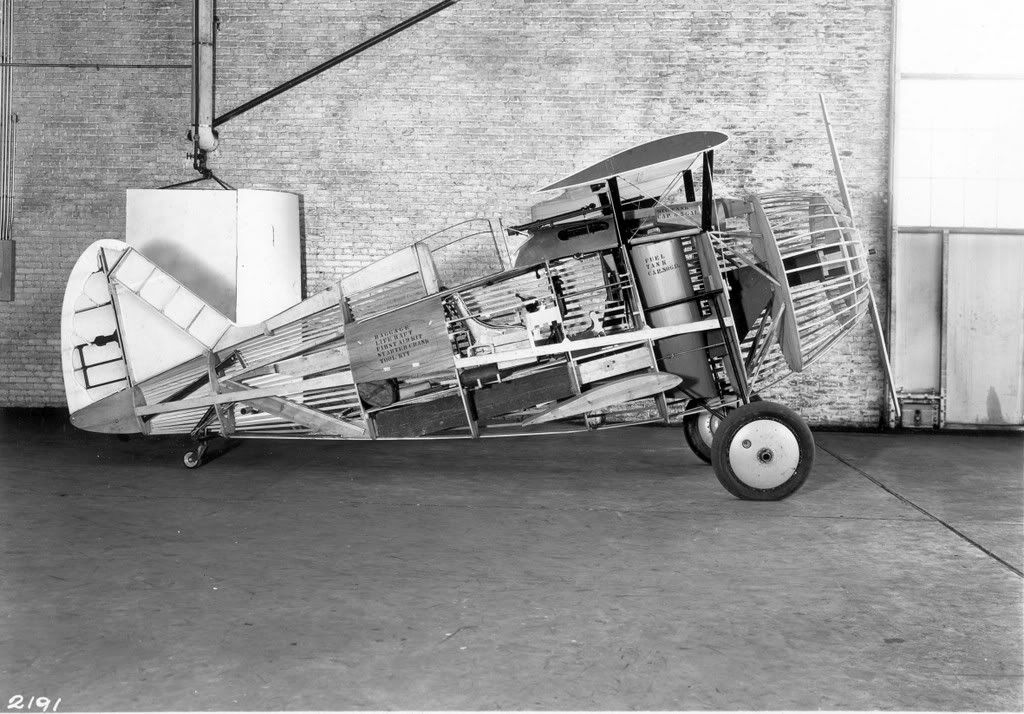
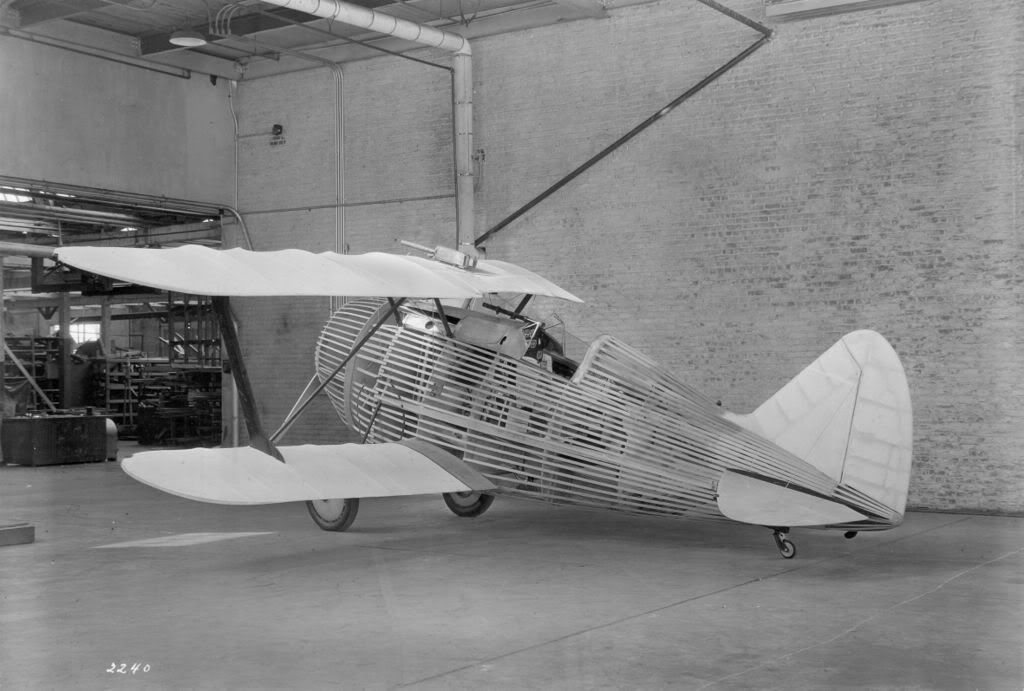
Below Prototype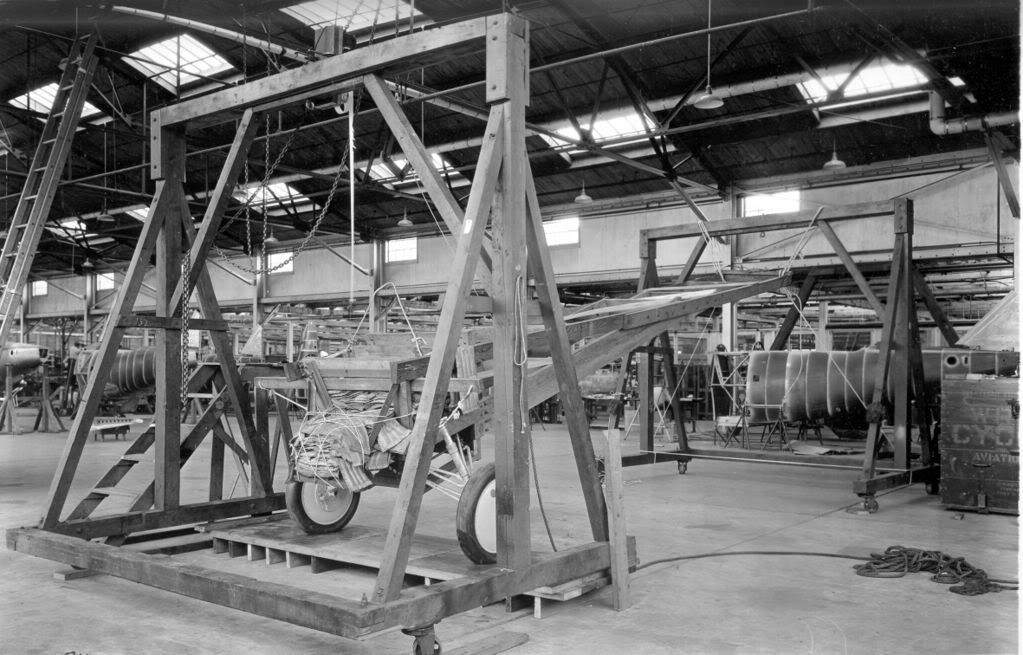

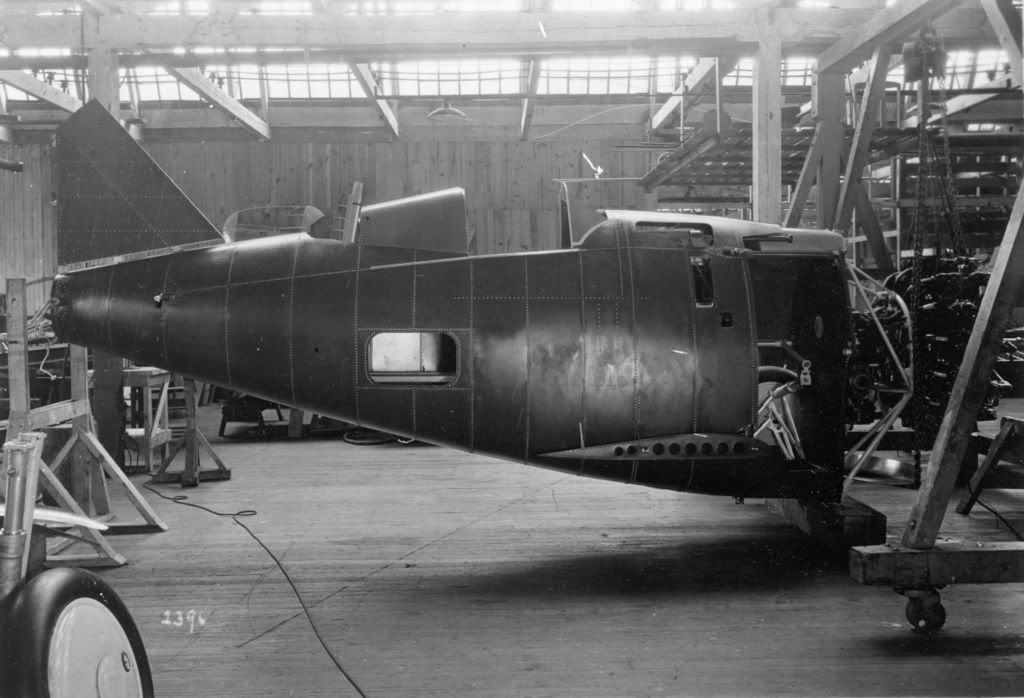
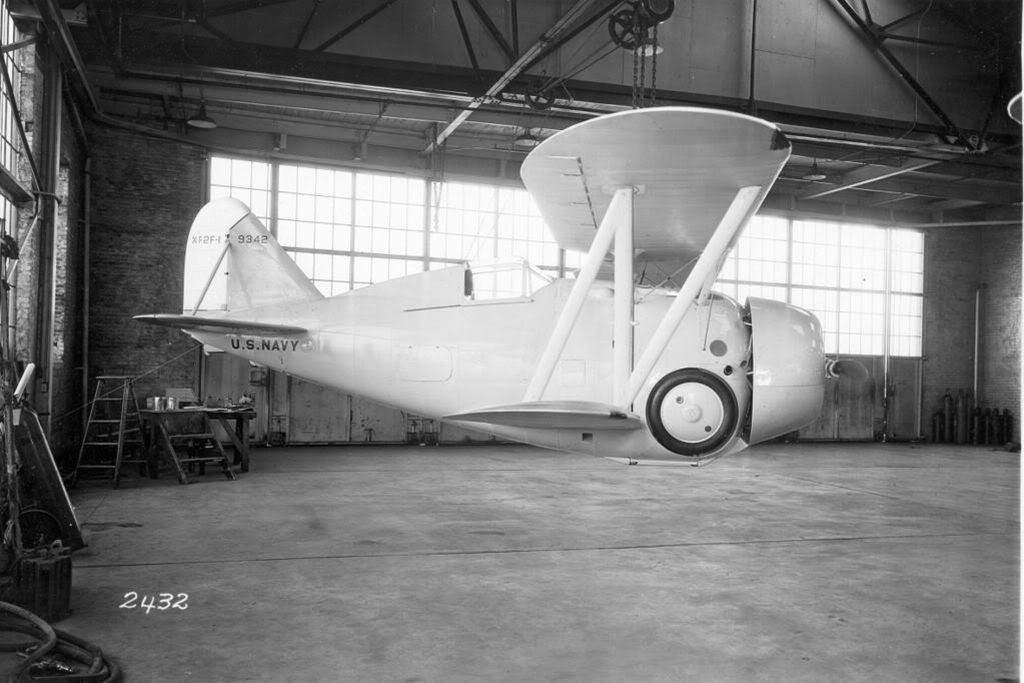
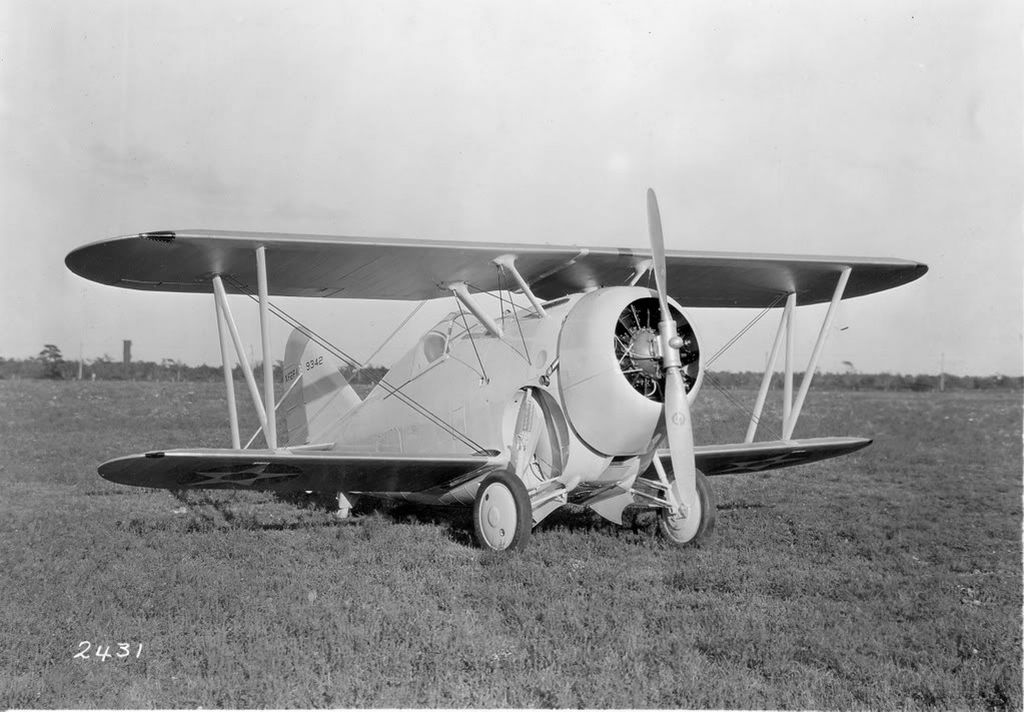
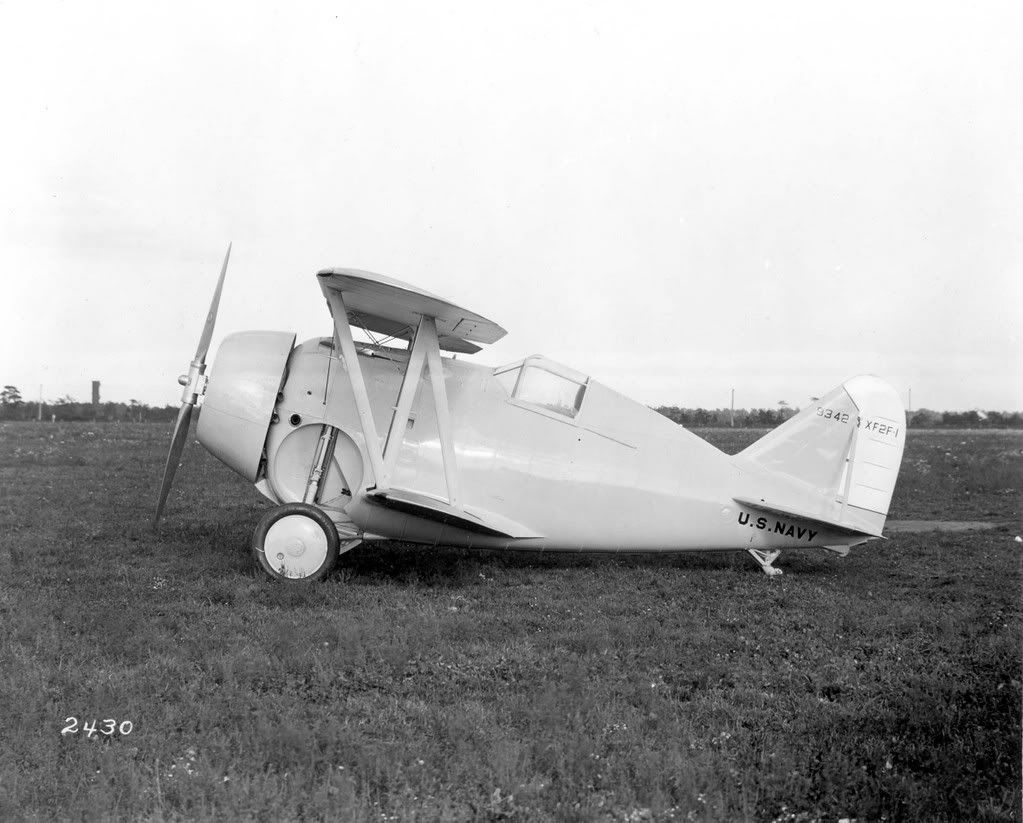
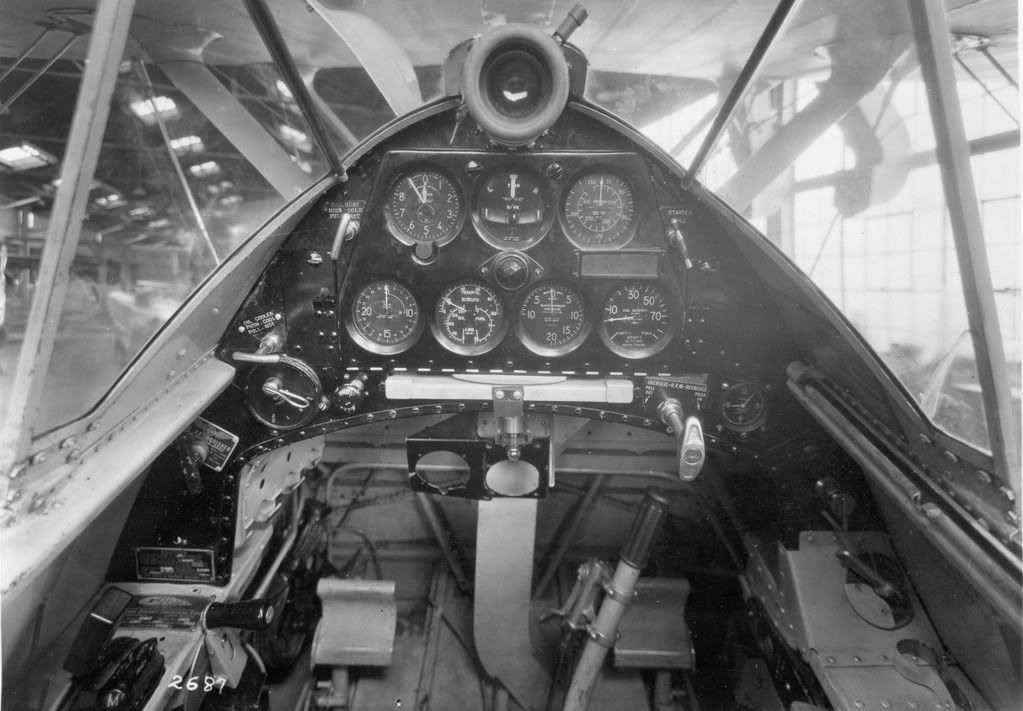
Below in service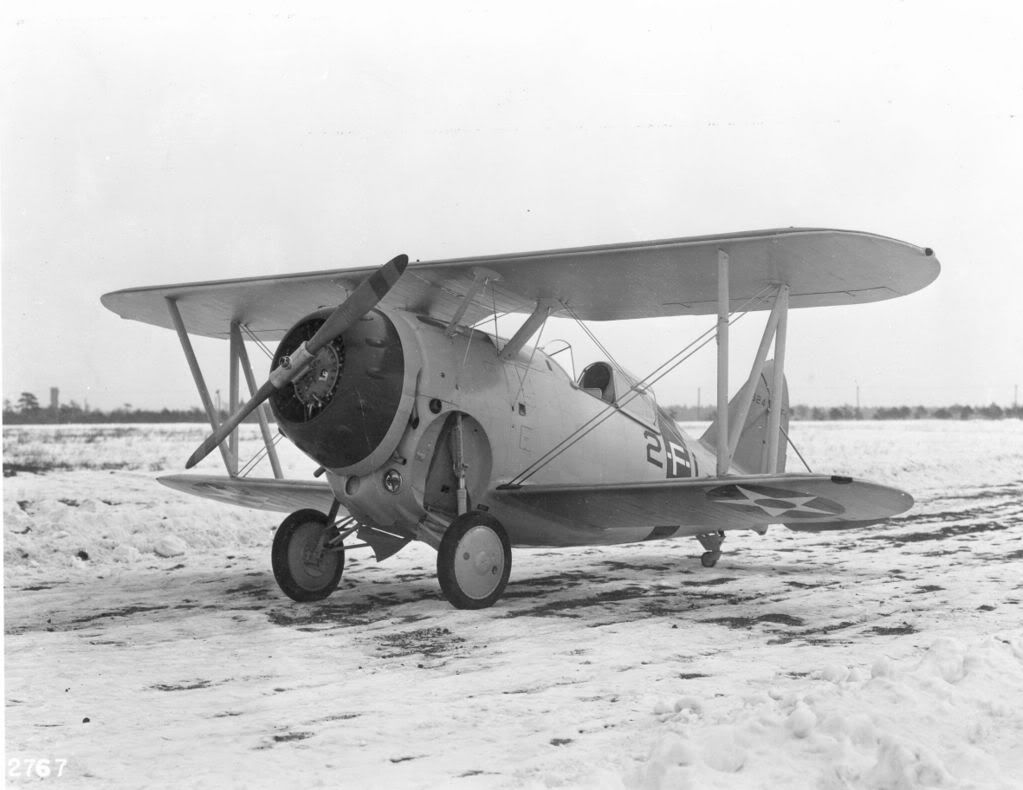
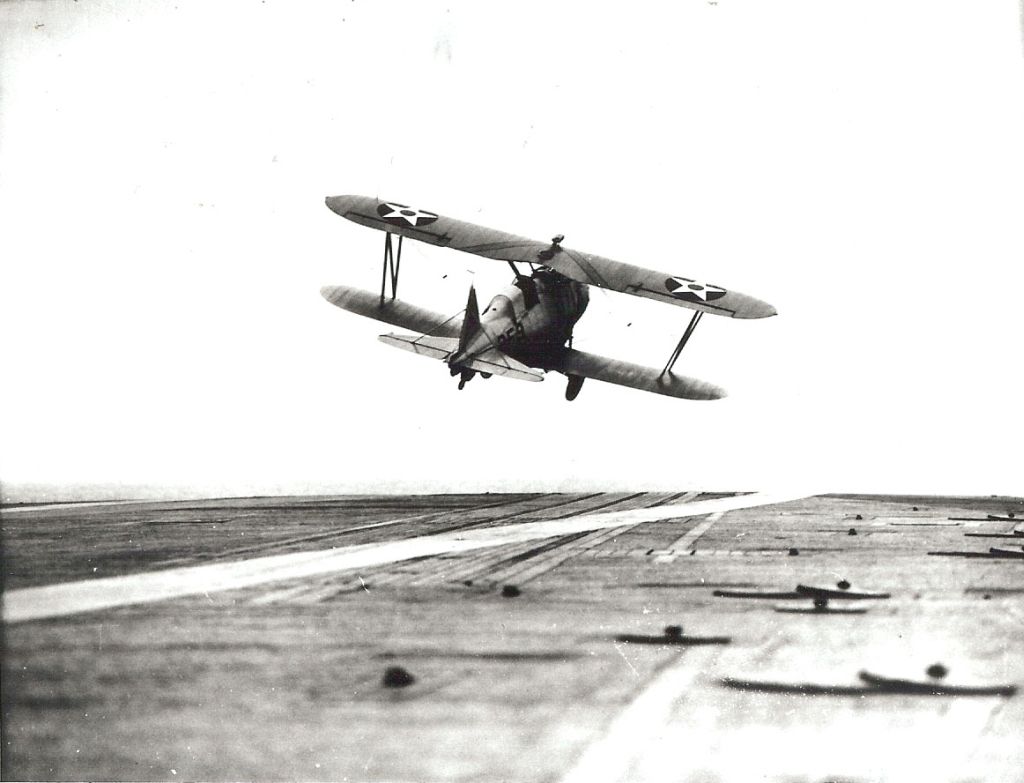

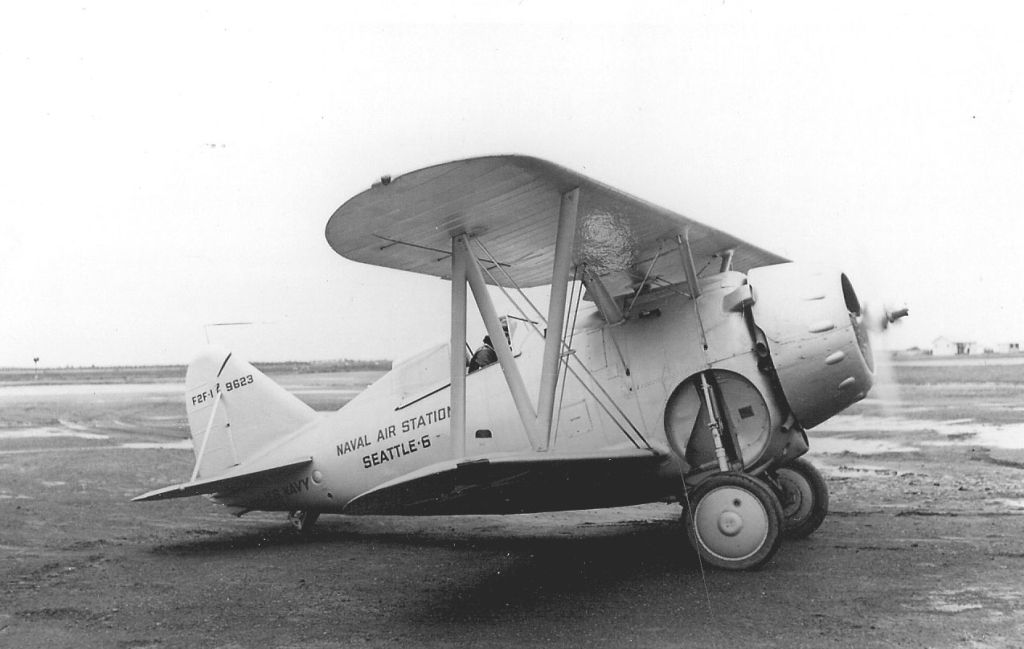
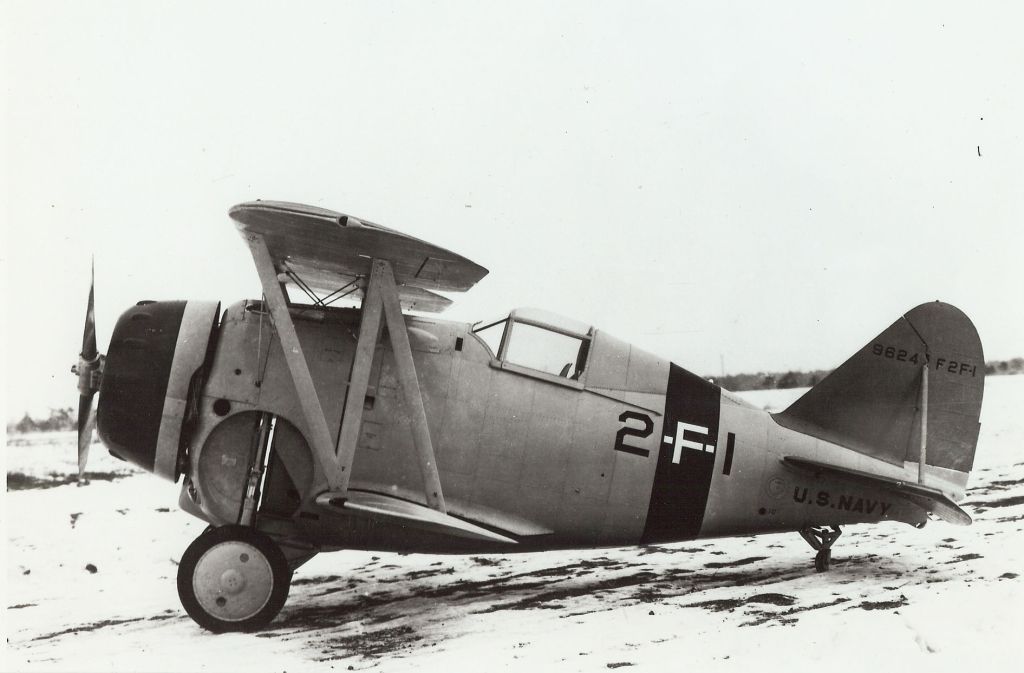
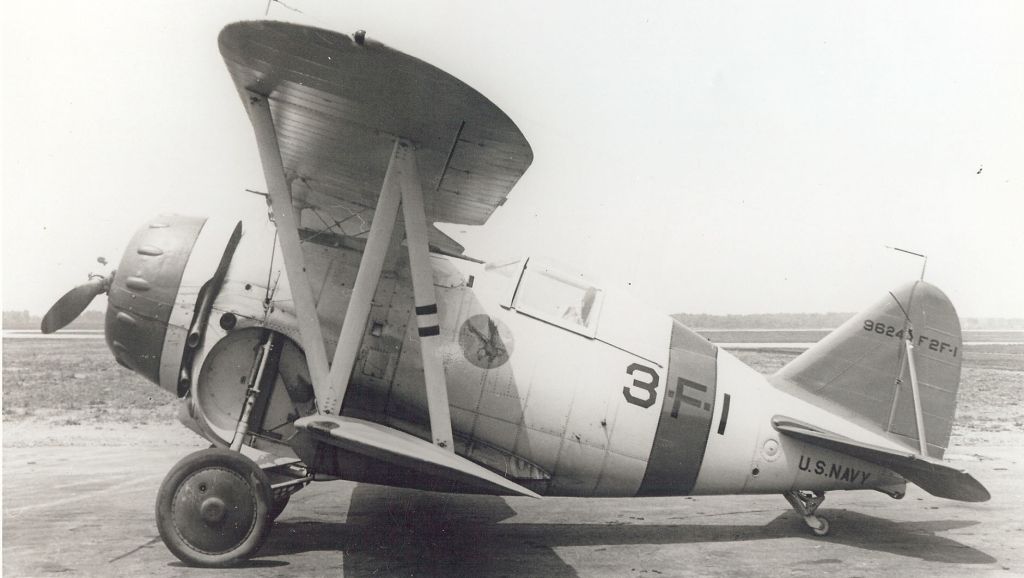
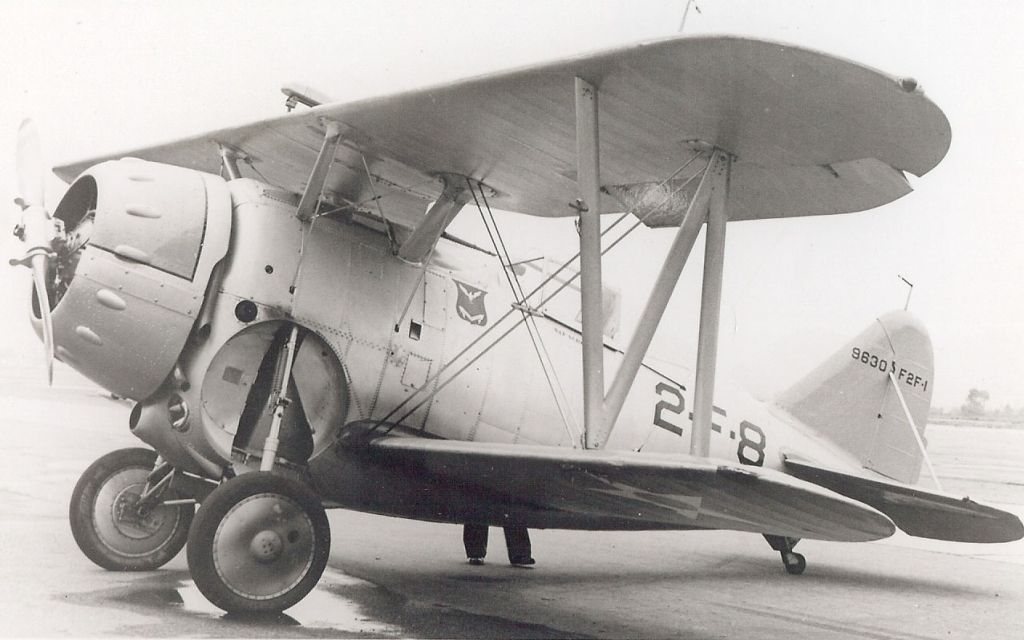
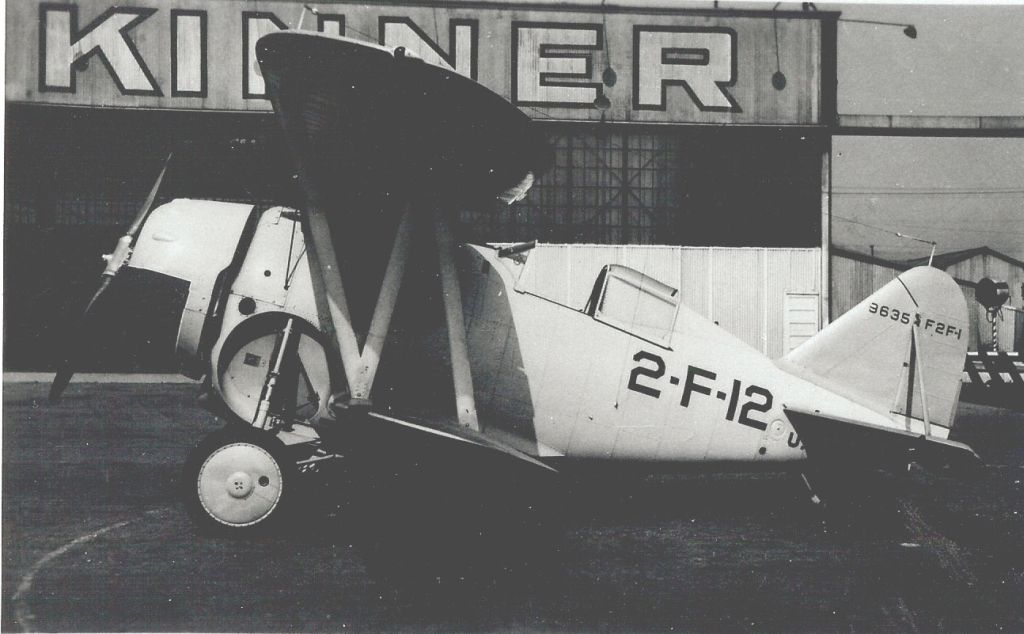
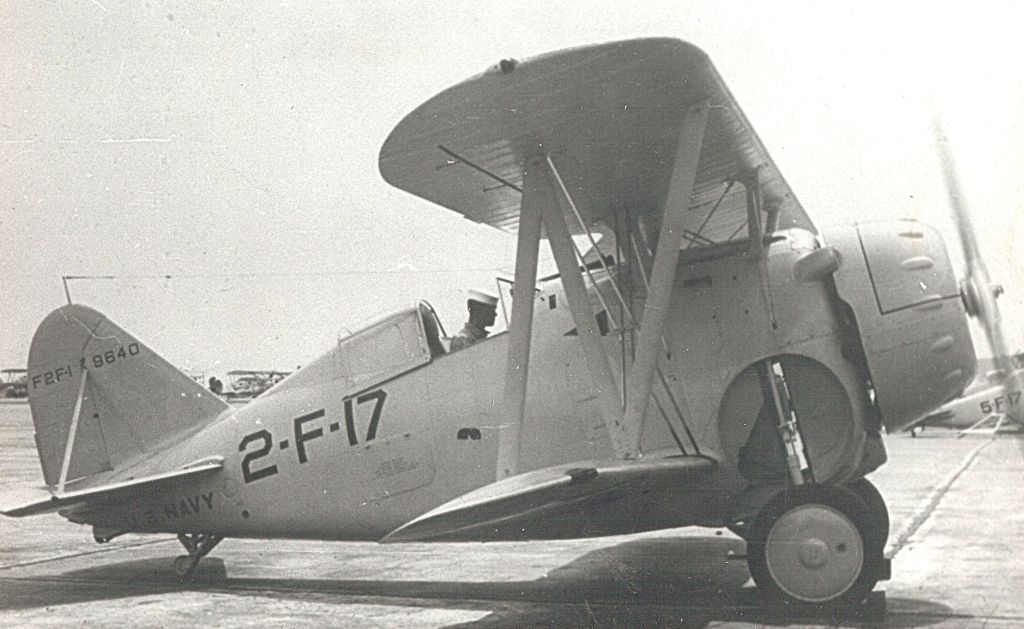
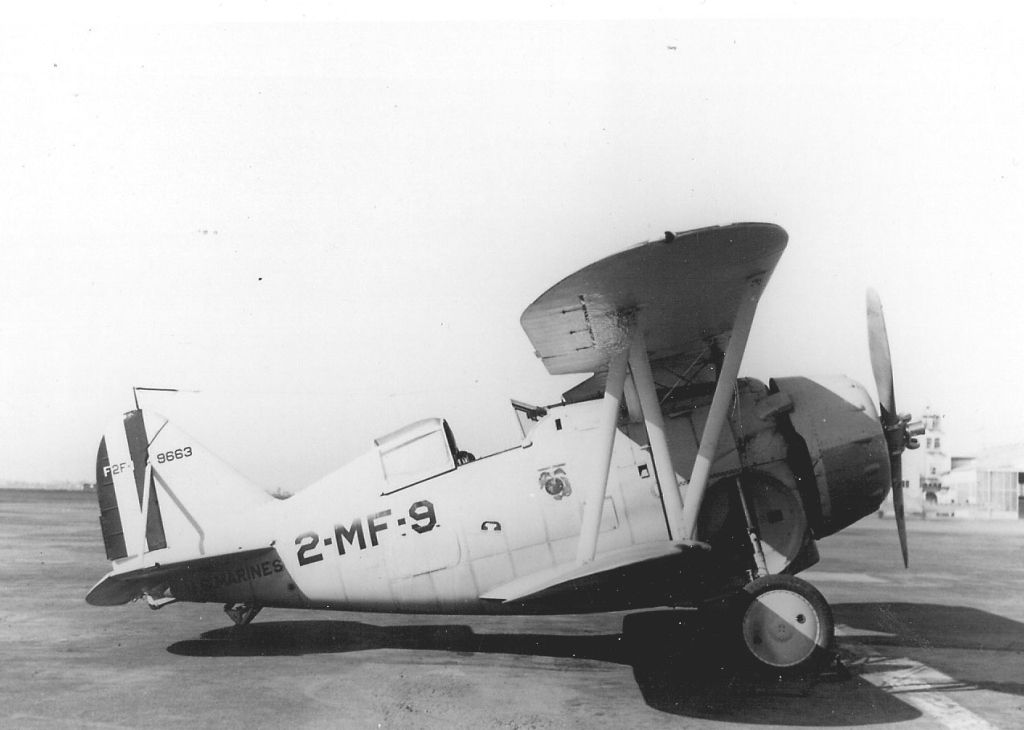
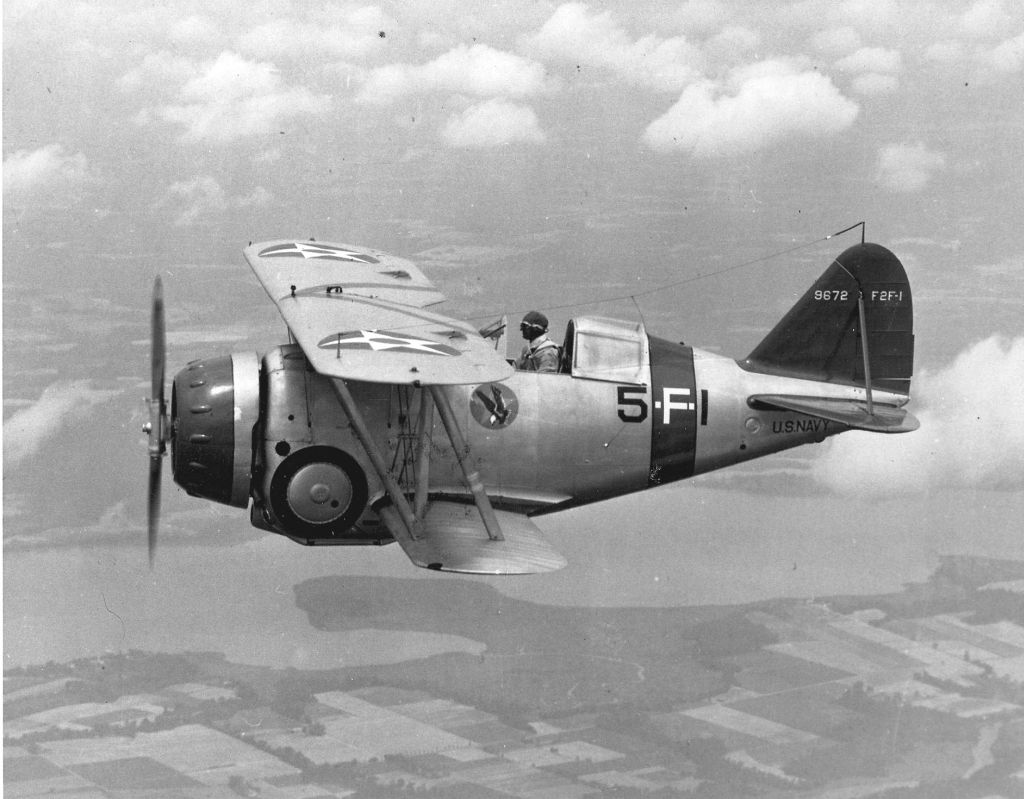


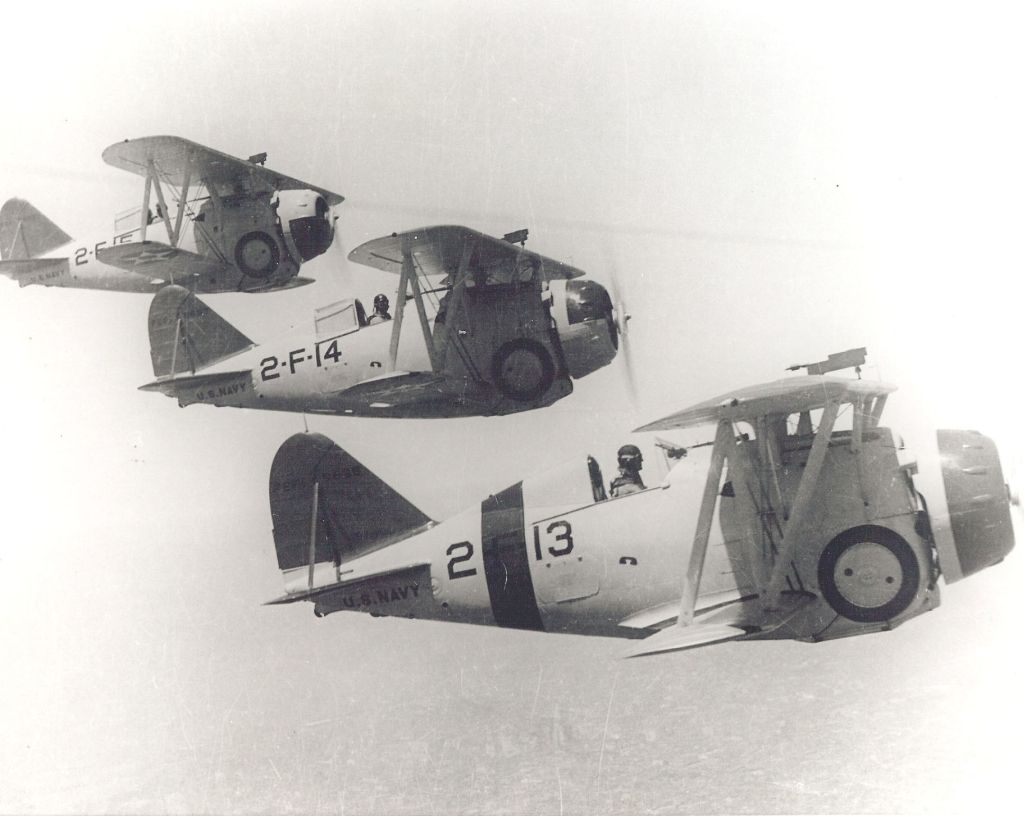
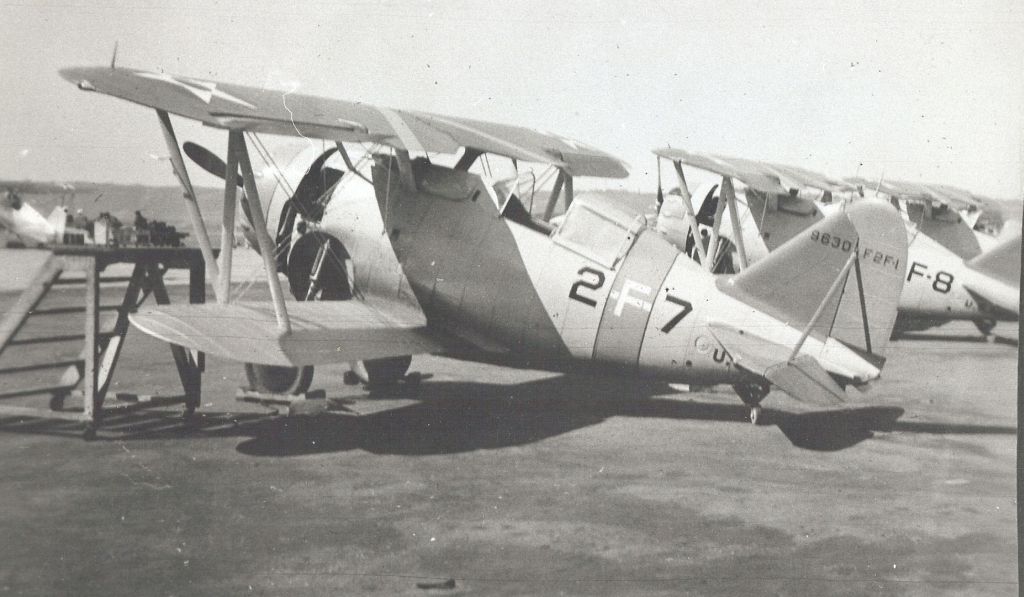
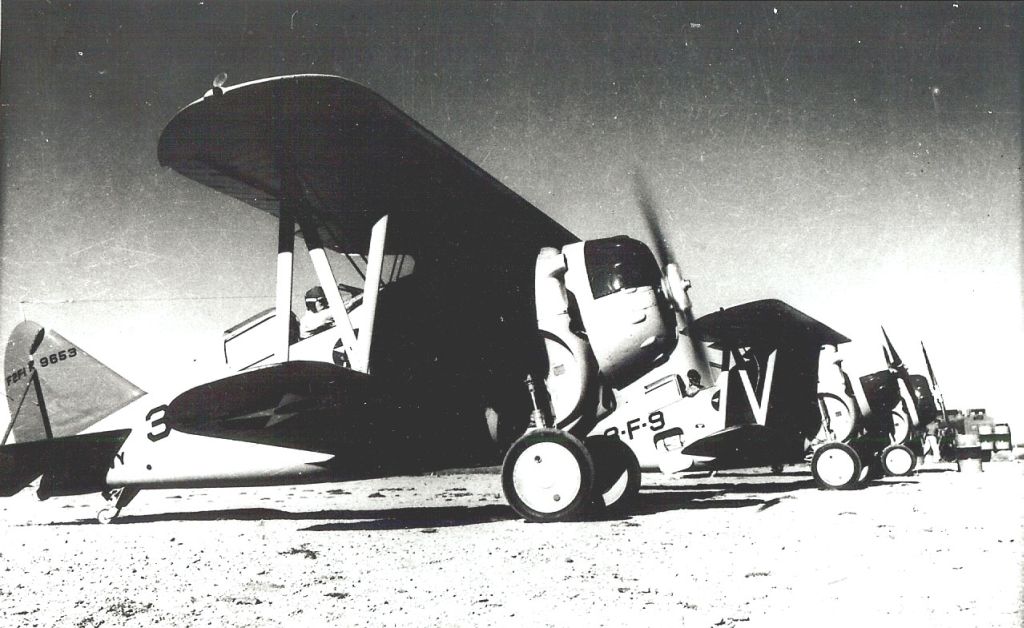
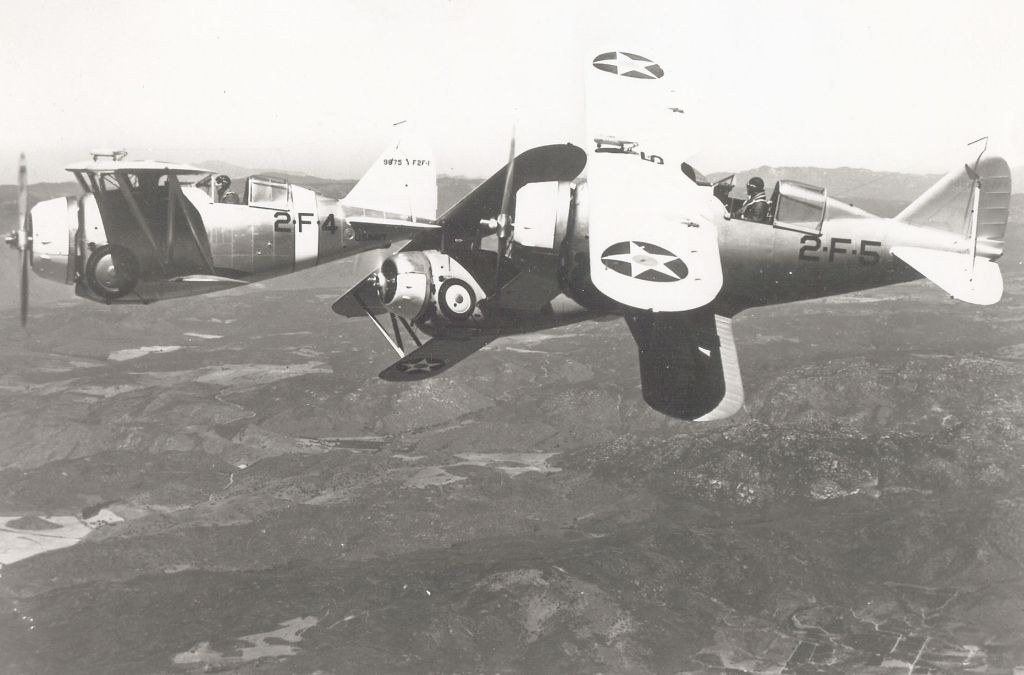
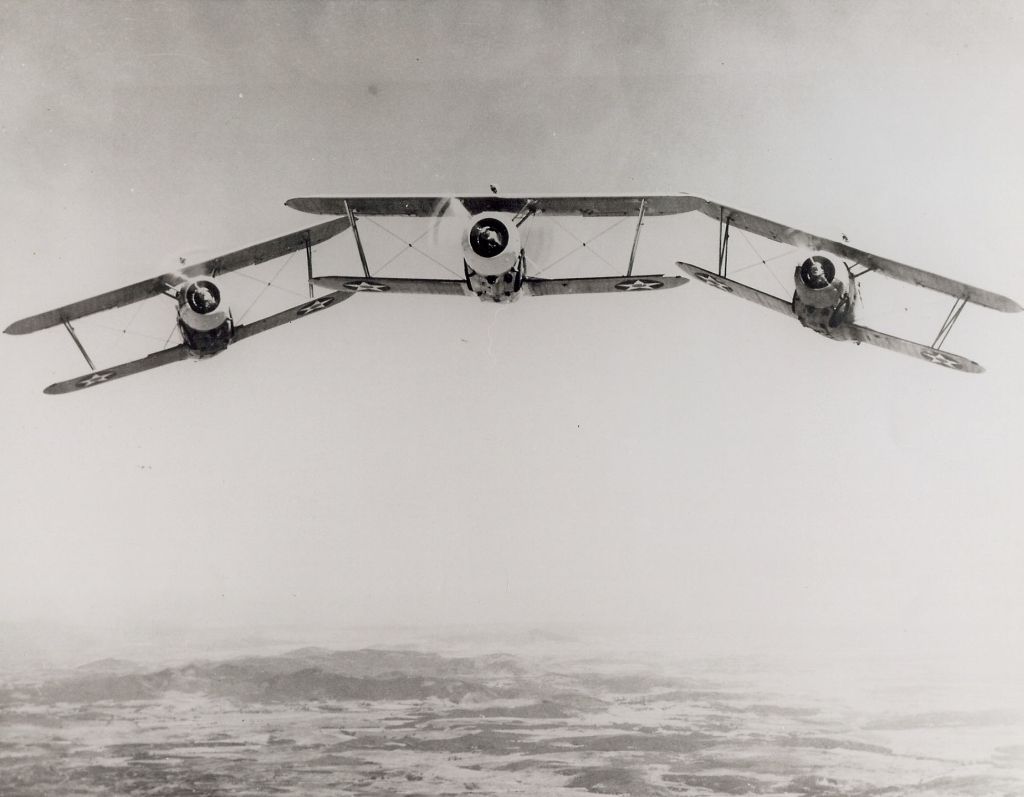
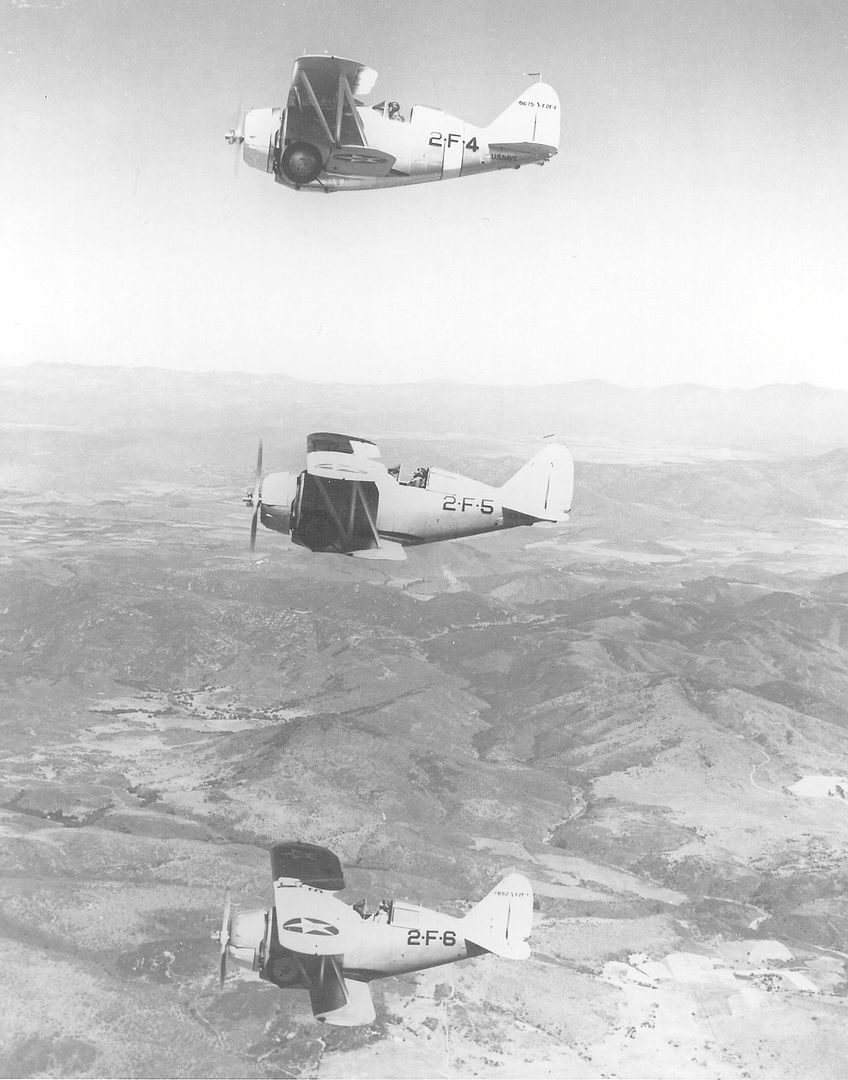
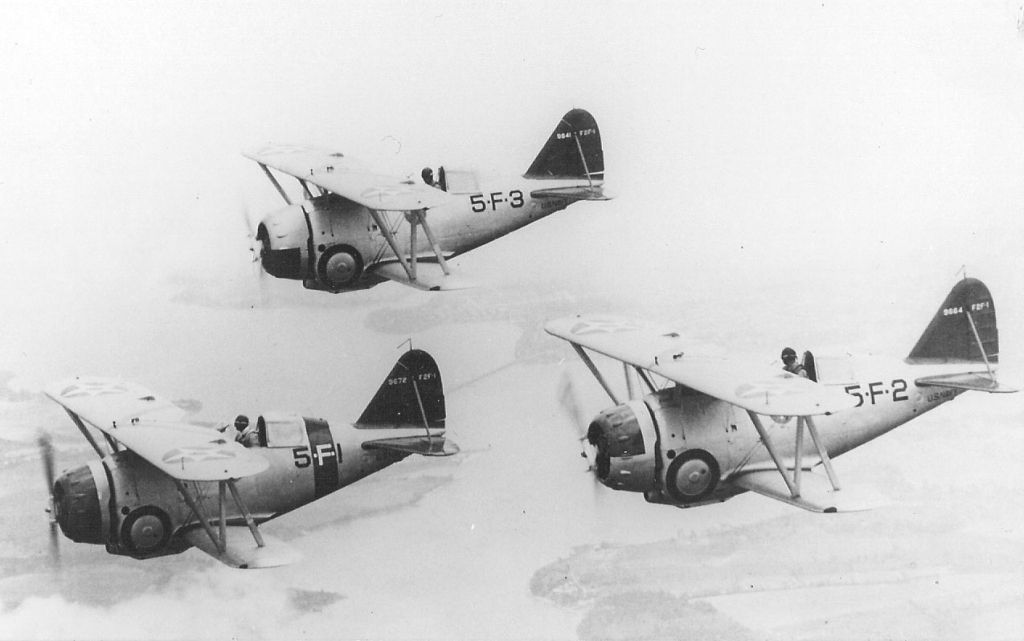
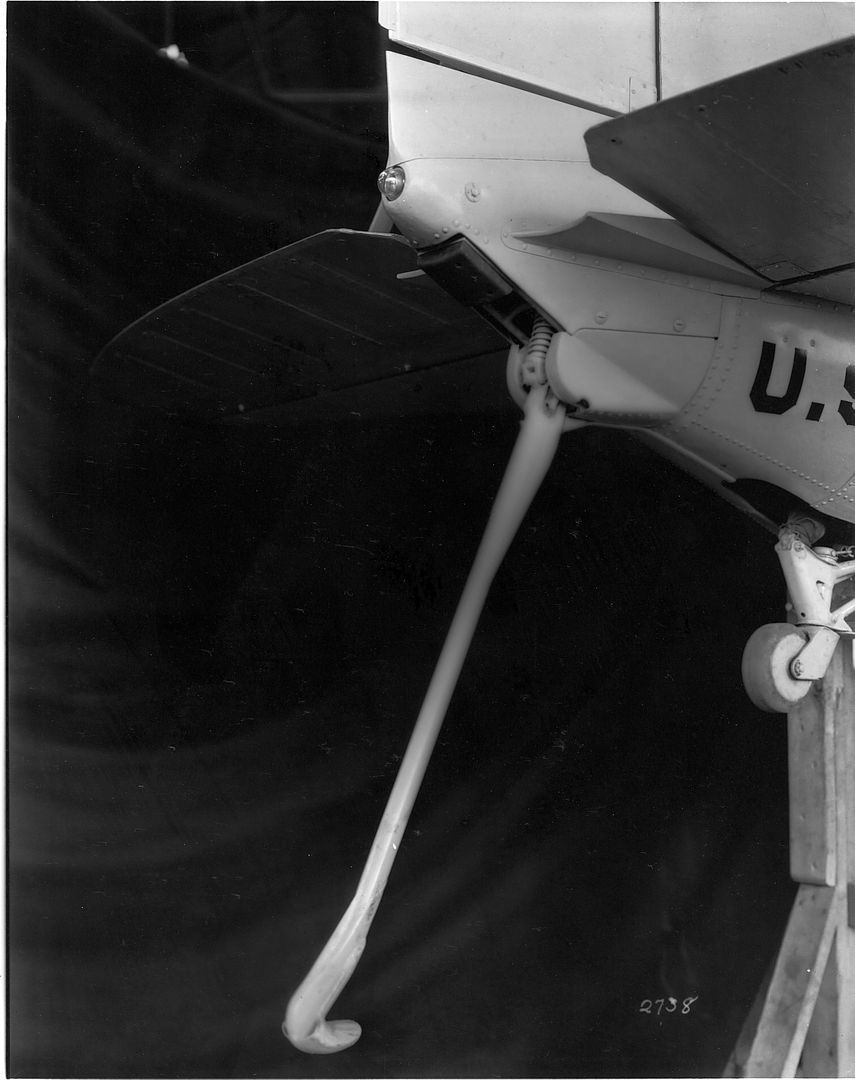
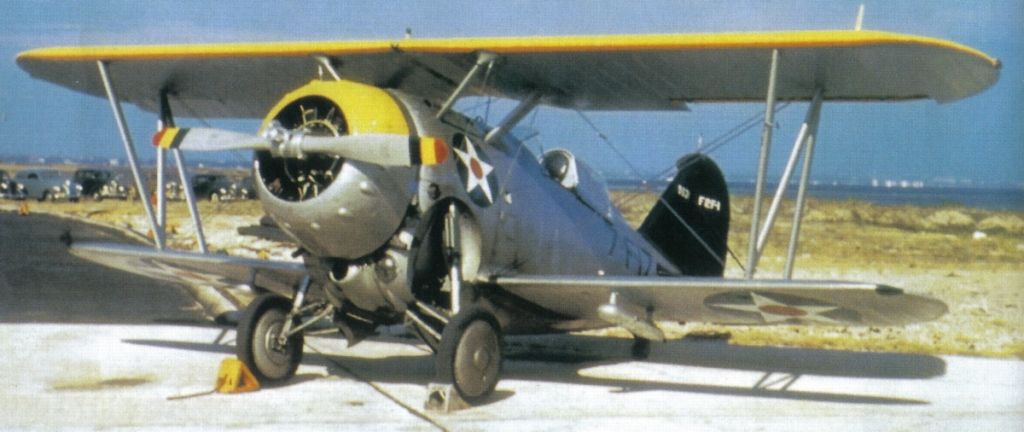
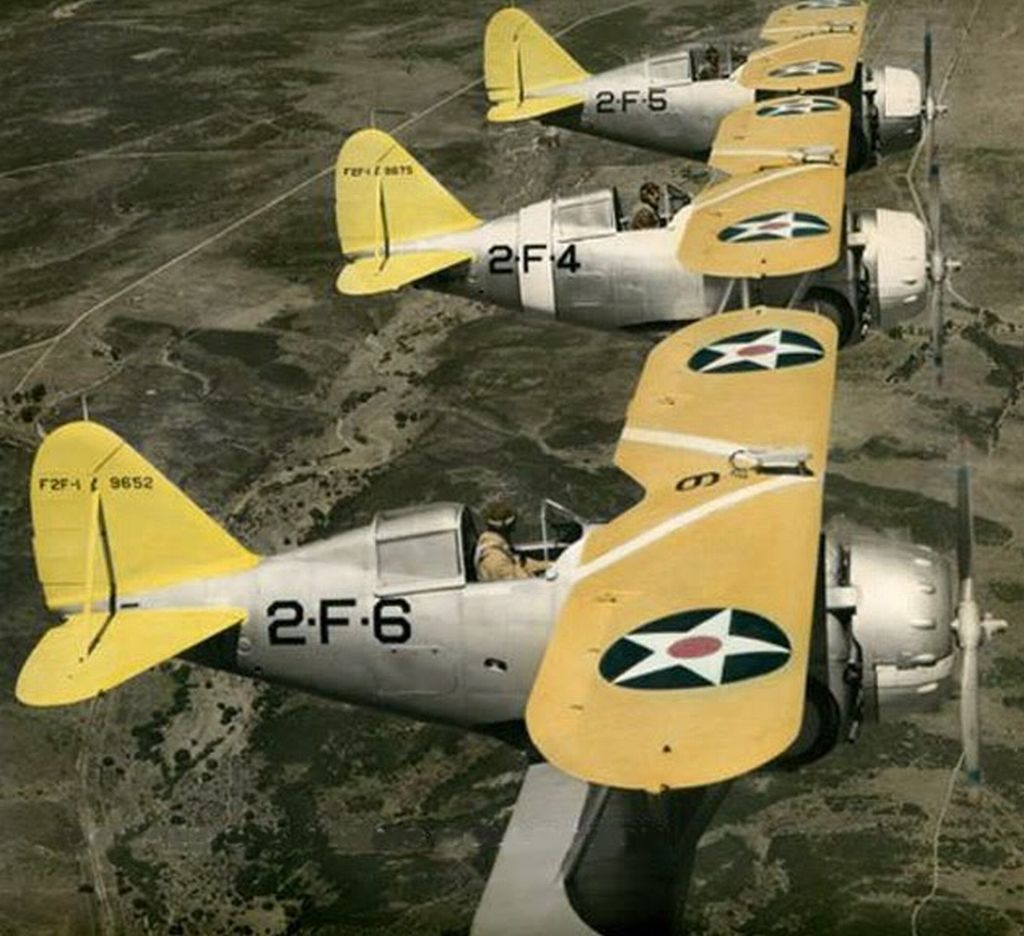
As usual right click!!
The last one built became the prototype for the F3.
Regards Duggy
-
12 years ago
 AdminJust goes to show, it's difficult to teach old dogs new tricks; not a single in-flight photo featuring a closed canopy.
AdminJust goes to show, it's difficult to teach old dogs new tricks; not a single in-flight photo featuring a closed canopy.
That last shot illustrates a nice example of the different shades of yellow for the standard wing color, and the unique unit-color worn on the tail.
Great shots once again Duggy; thanks for posting! -
12 years ago
 Main AdminGood observation Rudi, but I flew in a microlight a couple of times, and it does have a very different feel too it.
Main AdminGood observation Rudi, but I flew in a microlight a couple of times, and it does have a very different feel too it.
Also in Germany I often drove "topless" even in Winter, its the only way to drive !!
On another note photo's 6 & 7 from the bottom its described as.
QUOTE -- A "Razzle Dazzle" formation ??????????
Anybody want to clarify what that is ??
Post a reply
- Go to Previous topic
- Go to Next topic
- Go to Welcome
- Go to Introduce Yourself
- Go to General Discussion
- Go to Screenshots, Images and Videos
- Go to Off topic
- Go to Works in Progress
- Go to Skinning Tips / Tutorials
- Go to Skin Requests
- Go to IJAAF Library
- Go to Luftwaffe Library
- Go to RAF Library
- Go to USAAF / USN Library
- Go to Misc Library
- Go to The Ops Room
- Go to Made in Germany
- Go to Campaigns and Missions
- Go to Works in Progress
- Go to Juri's Air-Raid Shelter
- Go to Campaigns and Missions
- Go to Works in Progress
- Go to Skinpacks
- Go to External Projects Discussion
- Go to Books & Resources
